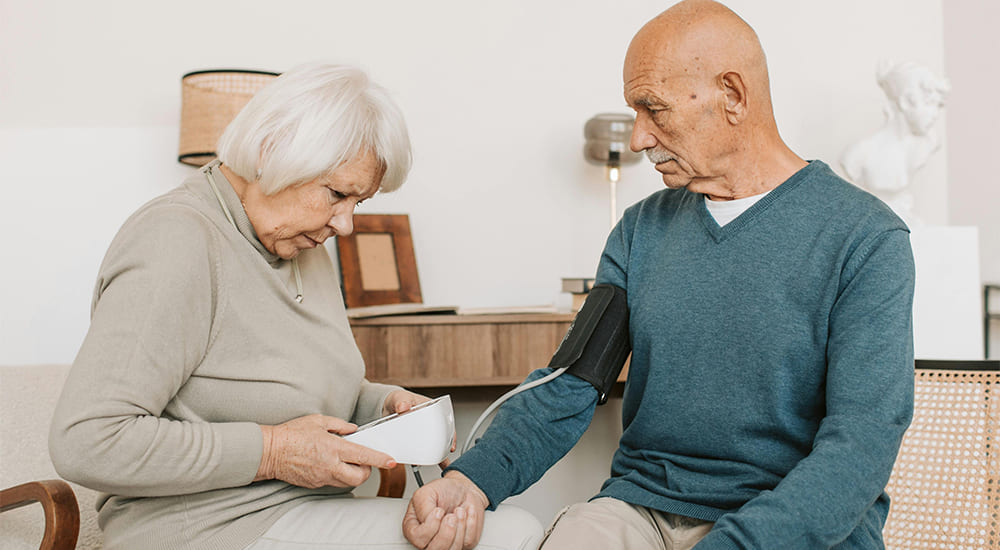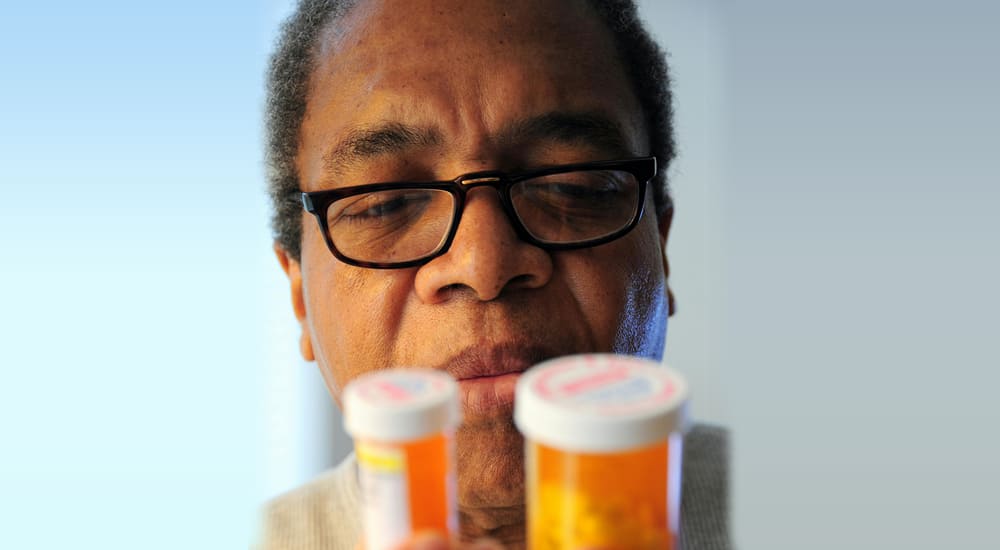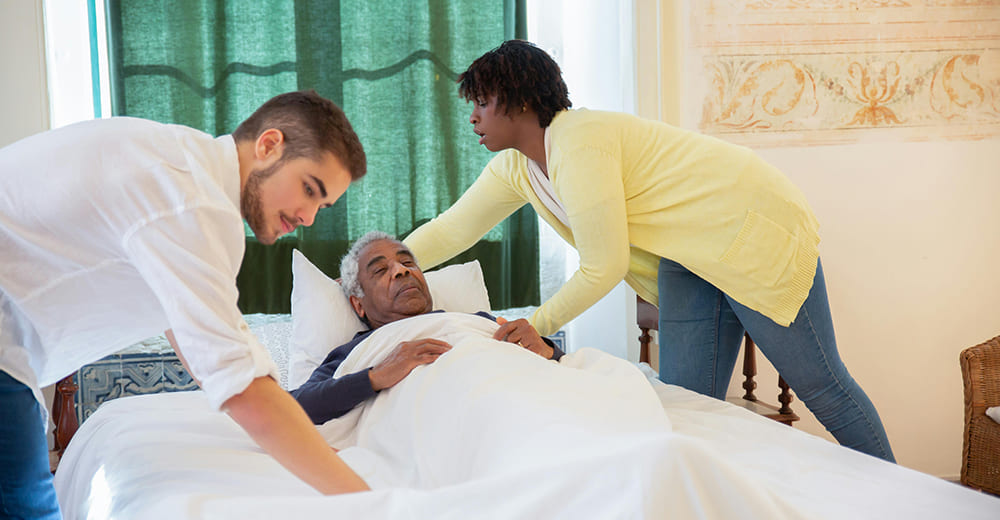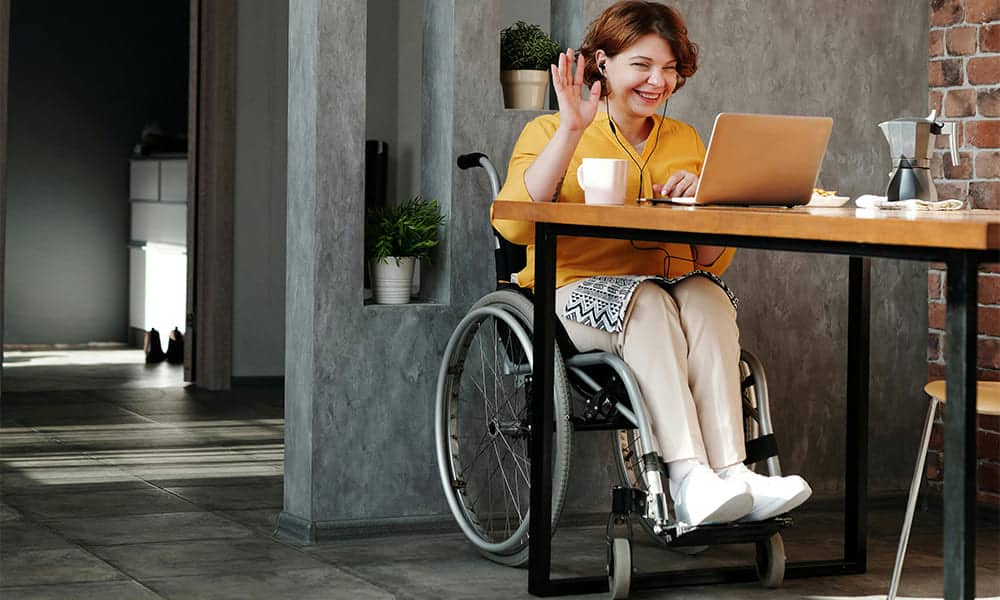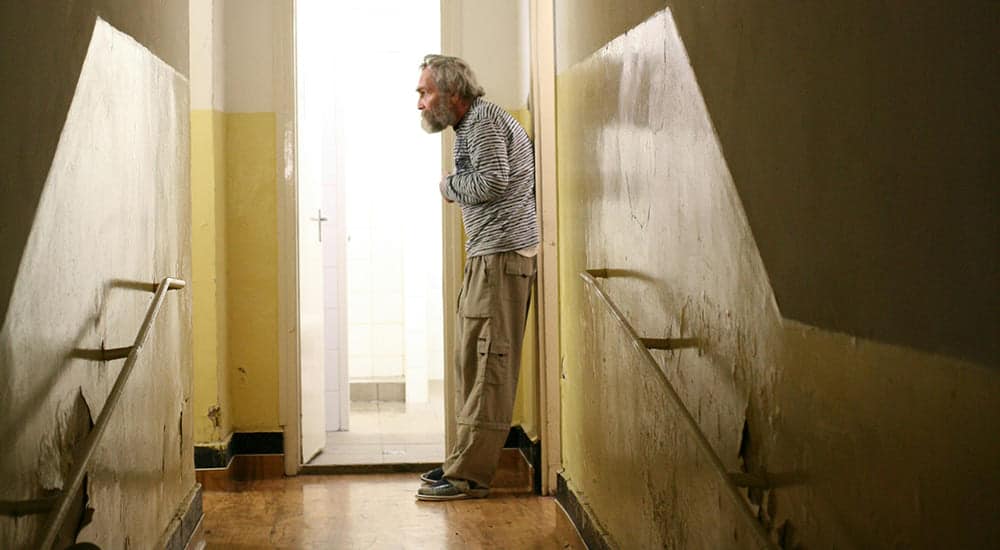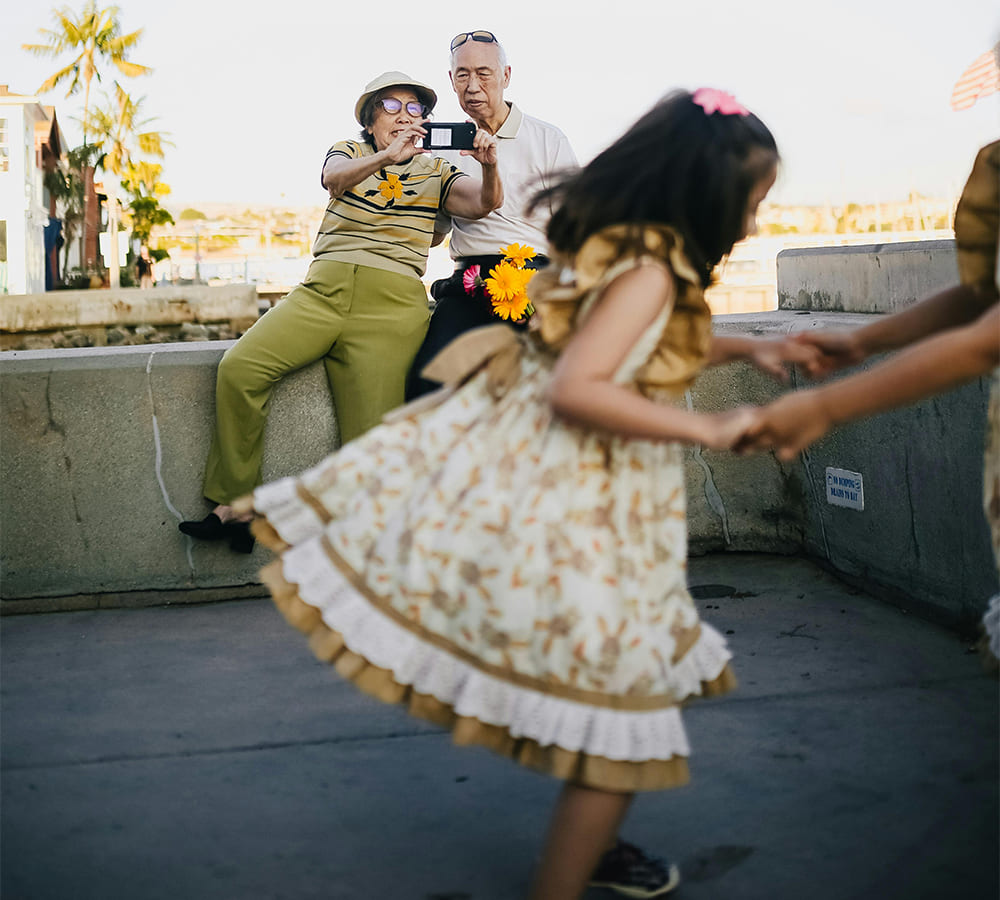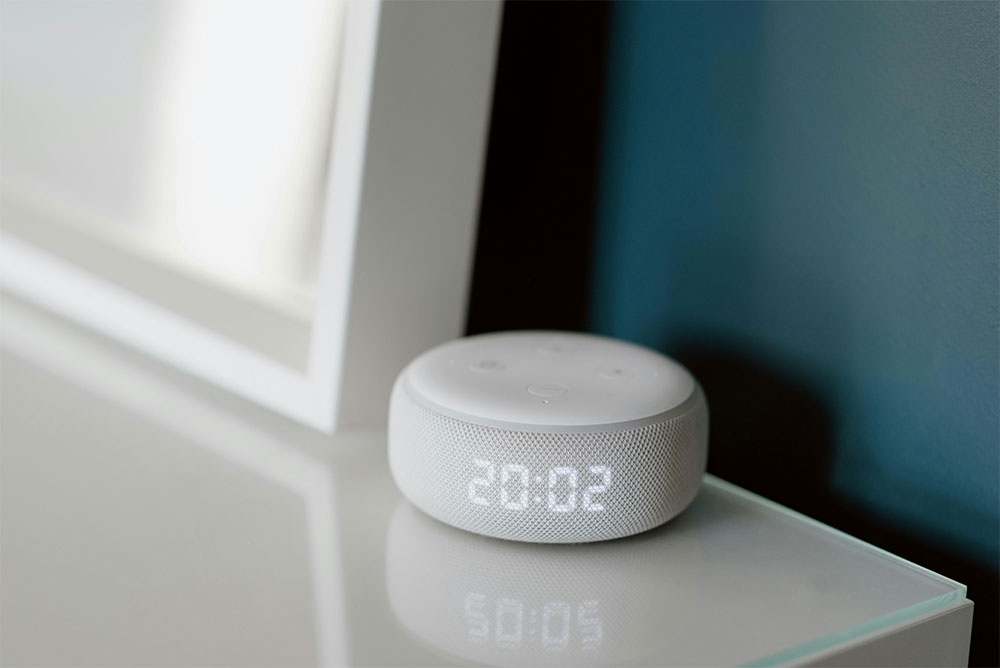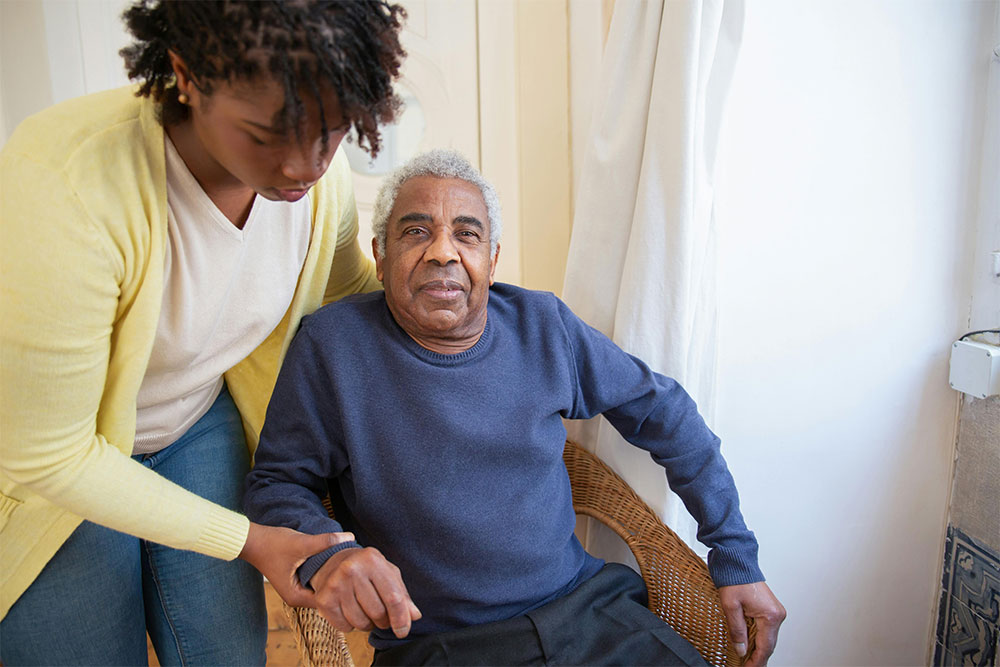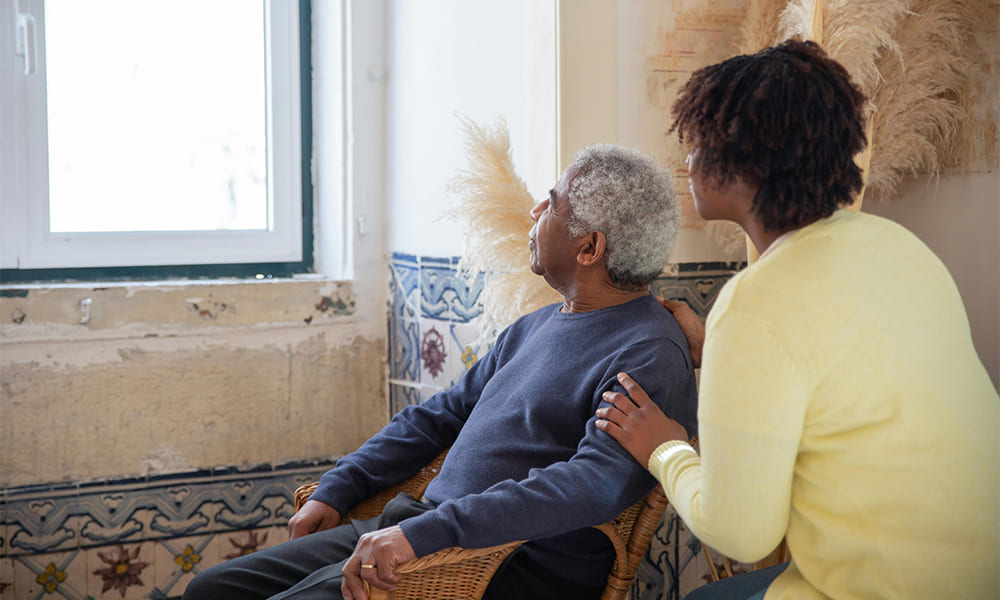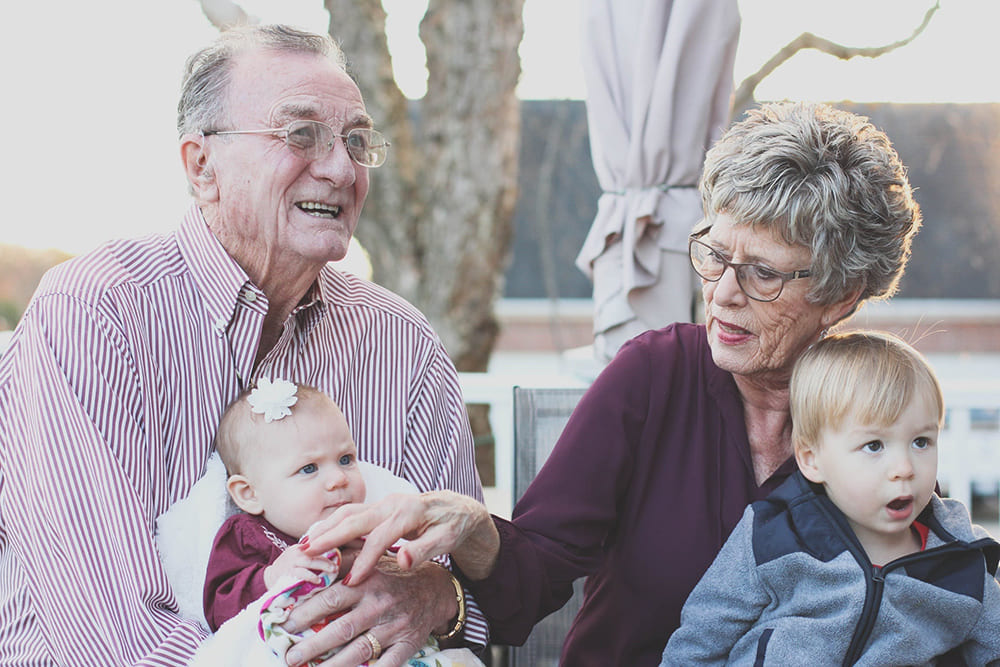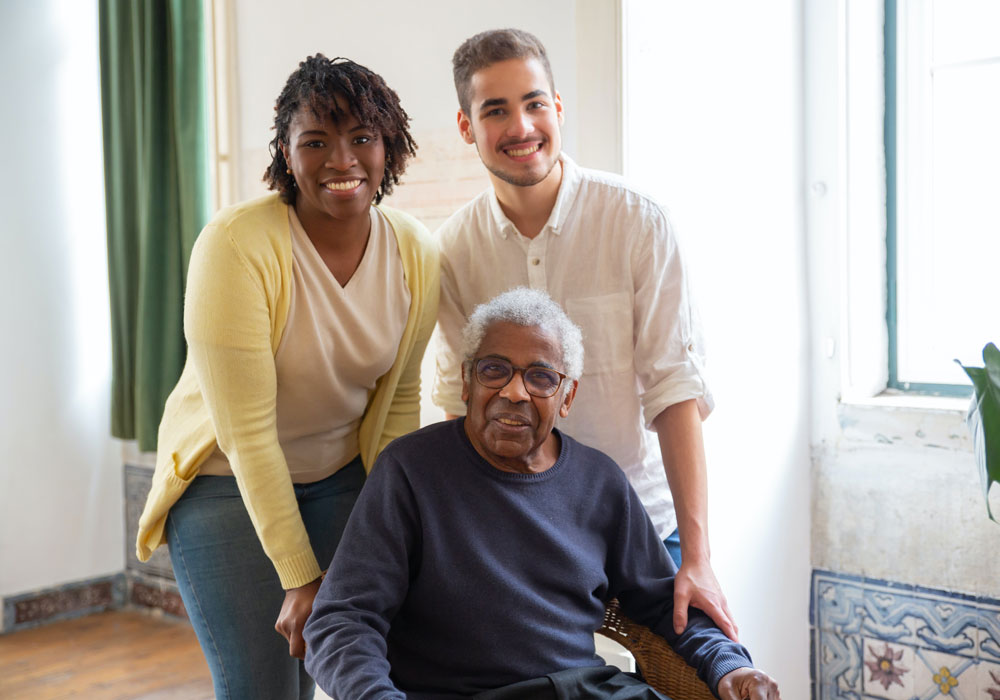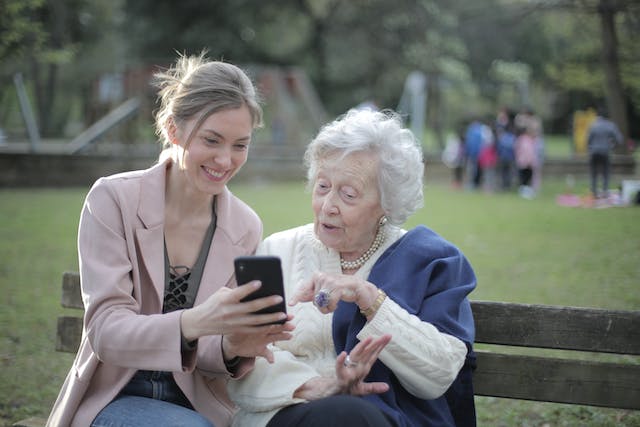The acceptance of impending death and the understanding of their signs by the caregivers and family members involved in the care of Alzheimer’s patients are crucial. This article presents 10 key signs underscoring the importance of recognition in proper care and preparation for the physical and behavioral challenges they will experience, as well as how to continue providing appropriate support and comfort during the end-of-life stage. An exploration of ethical considerations, non-verbal cues, and impending death is presented, with insights offered on compassionate care options and end-of-life decisions. By understanding the signs and stages, the carers can better navigate through the hurdles of Alzheimer’s with empathy and honor the patient’s wishes with dignity and respect.
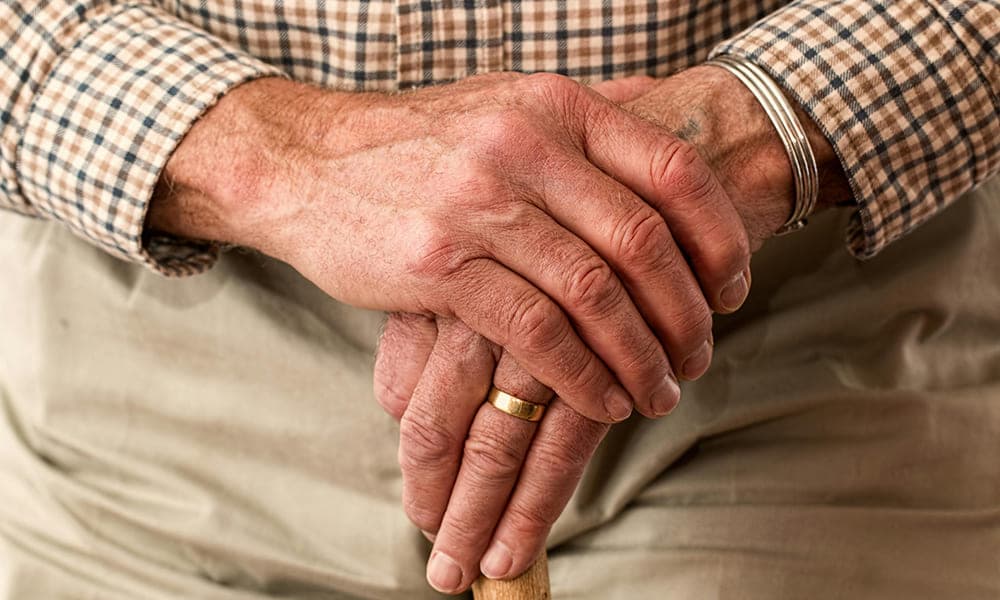
Christopher Ravn
Key Takeaways
1.Understanding the signs of impending death in Alzheimer's and dementia patients is crucial for caregivers to provide appropriate care and support during the end-of-life stage.
2. Care options such as hospice and palliative care offer tailored support to enhance quality of life and meet the physical, emotional, and spiritual needs of patients and their families during the final stages of dementia.
3. Open communication between patients, caregivers, and healthcare professionals ensures that end-of-life decisions align with the patient's wishes, promoting dignity and respect throughout the journey.
Table of Contents
1. What Are The 10 Signs Death Is Near In Alzheimer's And Dementia?
2. How Do You Know When A Dementia Patient Is Nearing The End?
3. Dementia Dehydration And Death Signs
4. Understanding Non-Verbal Signs Of Death In Dementia Patients
5. How Does Late-Stage Dementia Progress To Death?
6. What Are The Last Stages Of Alzheimer's Before Death?
7. Signs Of Dying In The Elderly With Dementia
8. What Happens In The Final Moments And Immediate Pre-Death?
9. Care Options Available For People With Dementia Before Death
10. Frequently Asked Questions About Signs Death Is Near In Alzheimer's And Dementia
What Are The 10 Signs Death Is Near In Alzheimer's And Dementia?
- Decreased appetite: Interest in food and fluids is lost.
- Increased sleepiness: More time is spent sleeping with difficulties waking.
- Difficulty swallowing: Problems arise with swallowing food or medication.
- Incontinence: There is a loss of bladder or bowel control.
- Changes in breathing: Breathing patterns become irregular, shallow, or noisy.
- Changes in body temperature: Cold extremities or fluctuations in body temperature occur.
- Withdrawal: Social withdrawal and decreased interaction with surroundings are observed.
- Agitation or restlessness: Sudden mood swings, agitation, or anxiety may occur.
- Confusion or disorientation: Increased confusion or disorientation, especially during the evening or night, is common.
- Decreased mobility: There is difficulty moving independently or becoming bedbound.
How Do You Know When A Dementia Patient Is Nearing The End?
As the end of life approaches for dementia patients, certain symptoms and conditions become more pronounced, signaling impending death. Dehydration poses a significant threat as the patient suddenly finds difficulty swallowing, leading to dangerously low fluid levels. The visible signs of dehydration include decreased alertness and communication impairment.
The implementation of preventive measures helps caregivers provide comfort and support in these final stages. Firstly, hydration: ensuring patients stay hydrated by taking in small sips of water more frequently or consuming moistened food helps increase fluid intake. This is aided by creating a soothing environment of calm to avoid agitation and promote relaxation. Appropriate, gentle physical touch can provide reassurance and emotional comfort to both the patient and their loved ones. Open and honest communication between caregivers and healthcare professionals is essential to address rising concerns and prioritize the comfort and dignity of the patient. The recognition of these signs, followed by appropriate and responsive actions by caregivers, ensures the journey to the end of life is made with compassion and understanding.
Dementia Dehydration And Death Signs
Dementia in its final stages calls for pressing decisions on the implementation of more invasive feeding and hydration methods. Families often have to make difficult decisions on behalf of their loved one with dementia towards the end of life.
The ethical implications of using artificial feeding and hydration methods should be explored with consideration of the patient and their wishes, if known, the quality of life, or the potential pros and cons of medical intervention. It’s crucial for families to receive proper information and guidance on the available options and potential outcomes, with consideration of the patient’s personal values and wishes, to support families in choosing care measures that align with the best interests of their loved ones. The compassionate and empathetic approach is ultimately key to the ethical considerations for families to navigate forward, keeping the autonomy, honor, and dignity of the dementia patient intact.
Understanding Non-Verbal Signs Of Death In Dementia Patients
Non-verbal signs of impending death exhibited by dementia patients in their body language and behavior are vital in interpretation. Training should be required for caregivers to discern subtle cues of pain, stress, or discomfort indicators in facial expressions, posture, and movements. This skill is especially vital in caring for non-verbal patients facing advanced stage dementia.
Education on the comprehensive understanding of common indicators related to non-verbal cues of pain and discomfort is important for caregivers. These indicators may involve grimacing, agitation, restlessness, and changes in sleep patterns. This knowledge empowers caregivers to take appropriate and timely responses in reducing the suffering of patients.
Essential guidance on responding to these signs provides relief and comfort. Various techniques like gentle touch, repositioning, and the proper administration of pain medications are used by carers to create a more supportive environment. Having open communication between healthcare professionals and caregivers ensures that the patients’ particular needs are effectively addressed to enhance the quality of life in the final stages of dementia.

How Does Late-Stage Dementia Progress To Death?
The profound cognitive and physical function deterioration experienced in late-stage dementia eventually leads to death. The advent of severe memory loss, communication inabilities, and profound physical decline causes dementia patients to lose the functions of swallowing, mobility, and communication capabilities as their disease progresses. Thus, one may try speech therapy memory activities for adults to try to alleviate any drastic deterioration.
Caregivers need to understand the progression and timeline of symptoms that lead to death. Understanding gives insights into managing expectations and methods of providing compassionate care. Emotionally challenging situations are experienced by carers who witness the gradual decline of their loved ones facing dementia. The journey is better ventured with discussions focused on understanding and empathy in providing care that makes comfort, dignity, and support the prevailing care guides for the end stage. To ease the entire process of end-stage management of patient changing needs, open communication between family members, carers, and healthcare professionals is imperative.
What Are The Last Stages Of Alzheimer's Before Death?
Approaching the end stages of Alzheimer’s, patients go through drastic declines in cognitive and physical abilities and may become bedridden, losing both the ability to communicate and to recall their loved ones. Life-supporting functions such as bladder control, swallowing, and reading become almost impossible, commonly causing behavioral changes of withdrawal, aggression, and agitation as the disease worsens.
Facing their loss of independence and identity, patients experience emotional difficulties reflected in fear, anxiety, and depression. The physical manifestation of the loss is experienced through severe weight loss, muscle weakness, and decreased immunity in fighting infections. The crucial role of caregivers in helping to maintain the feeling of comfort, dignity, and support during this time is paramount in these trying times. The compassionate and empathetic approach to addressing the various arising needs of dementia patients is crucial in the final days to give patients an end with the highest degree of comfort and dignity.
We Believe Prioritizing Brain Health Enhances Your Quality Of Life
Get to know our team, our mission and how our EVY LIGHT® can provide you and your loved ones with a fuller life, letting you breathe a little easier.
Signs Of Dying In The Elderly With Dementia
In the final 48 hours of living for elderly Alzheimer’s patients, certain common signs and symptoms are apparent. The main indicator, a profound change in consciousness exhibited in persistent drowsiness and difficulties in waking, pointing to brain function decline. Irregular breathing patterns occur, switching from periods of rapid breathing to long pauses, known as Cheyne-Stokes breathing. Skin discoloration may appear due to decreased blood circulation, causing a bluish or mottled appearance.
In addition, a decline in appetite and thirst may occur with even further difficulties in swallowing. Signs of increased agitation and restlessness, or the converse signs of unusual calm and withdrawal, may happen. As patients lose their ability to interact with their surroundings, family members and carers may notice less responsiveness and communication. Being prepared when recognizing these signs as an indicator helps the carers respond appropriately by ensuring that the last moments of the ones they’ve been caring for are conducted with honor and respect, giving the patient a comfortable and dignified departure from life.
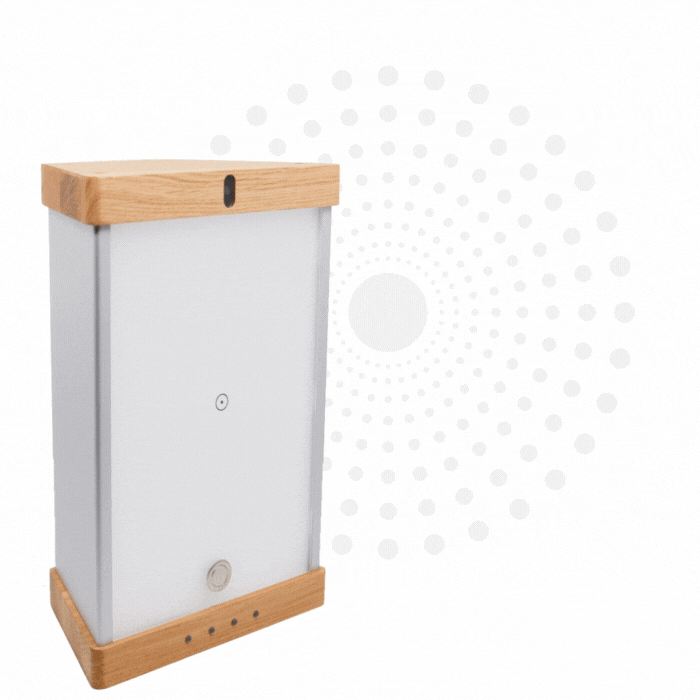
Enhance your brain performance through the power of light.
Comfortable and easy to use 40Hz light therapy to support and improve your brain function.
View Our LightWhat Happens In The Final Moments And Immediate Pre-Death?
There are certain phenomena that happen which can indicate the approaching end of life in the window of immediate pre-death. A phenomenon known as the surge before death is experienced, where the patient exhibits a sudden burst of energy or alertness that can also involve clear and concise communications, often surprising and bringing false hope to caregivers and loved ones.
Another less hope-rendering sign is mottling, where skin discoloration occurs with the patchy appearance of purple or blue caused by decreased blood circulation, which commonly points towards imminent death. That and the changes in breathing patterns may happen, with the experience of more labored, irregular breathing, followed by the decrease in responsiveness and the loss of consciousness.
Seeing these signs can help make caregivers and loved ones aware that the imminent passing is close, thus giving them an opportunity to offer the utmost support and comfort during the patient’s final moments. It is imperative for those present to stay calm and collected in order to offer reassurance and support to the patient as they make the profound transition.
Care Options Available For People With Dementia Before Death
There are various care options now made available for individuals facing the end stages of dementia to provide an end-of-life journey of comfort and dignity. Hospice care is tailored to handle all fronts, from physical symptoms management to emotional support, which focuses on quality of life enhancement instead of curative treatment. It is also important to know when to call hospice for dementia. Similarly, palliative care support deals with the physical, emotional, and spiritual needs of the patient while striving for better overall well-being.
Caregiver support is of equal importance by providing help and resources to those participating in the care of the dementia patient. This support is not limited to education, counseling, and respite care to better manage symptoms and provide comfort.
The wishes of the patient must be respected, playing a key role in end-of-life decision-making and care. As early as feasible, open communication between the patient and their loved ones is needed to conduct the patient’s treatment management with care and respect for the patient’s own desires. In honoring the wishes of patients, caregivers ensure that the patient’s delivery through the end-of-life journey is done in adherence to their values and dignity.
Learn What Others Have Experienced with EVY Light
See how others have achieved a sharper mind by activating their gamma brainwaves in combination with maintaining a healthy lifestyle.
Frequently Asked Questions About Signs Death Is Near In Alzheimer's And Dementia
What Are The 10 Signs Death Is Near In Alzheimer's And Dementia?
- Decreased appetite: Interest in food and fluids is lost.
- Increased sleepiness: More time is spent sleeping with difficulties in waking.
- Difficulty swallowing: Problems arise with swallowing food or medication.
- Incontinence: There is a loss of bladder or bowel control.
- Changes in breathing: Breathing patterns become irregular, shallow, or noisy.
- Changes in body temperature: Cold extremities or fluctuations in body temperature occur.
- Withdrawal: Social withdrawal and decreased interaction with surroundings are observed.
- Agitation or restlessness: Sudden mood swings, agitation, or anxiety may occur.
- Confusion or disorientation: Increased confusion or disorientation, especially during the evening or night, is common.
- Decreased mobility: There is difficulty moving independently or becoming bedbound.
Signs Of Dying In The Elderly With Dementia
In the final 48 hours of living for elderly Alzheimer’s patients, certain common signs and symptoms are apparent. The main indicator, a profound change in consciousness exhibited in persistent drowsiness and difficulties waking, pointing to brain function decline. Irregular breathing patterns occur, switching from periods of rapid breathing to long pauses, known as Cheyne-Stokes breathing. Skin discoloration may appear due to decreased blood circulation, causing a bluish or mottled appearance.









